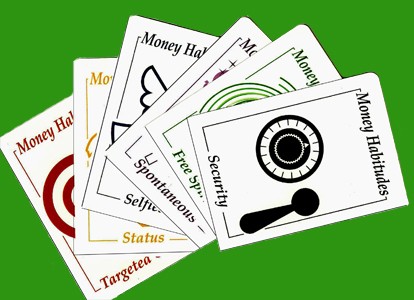How quick riches can ruin your retirement
Post on: 25 Апрель, 2015 No Comment

Ken’s Latest Posts
20th Century Fox
Apparently, greed isn’t so good.
Investors, naturally, want the highest return possible on their investments — but for a retiree, this could be a recipe for disaster.
In my view, you should never take more risk than is necessary to accomplish your financial goals.
If you do decide to take on extra risk, you’re being greedy. Despite what Michael Douglas said in the movie Wall Street a few years ago, greed isn’t good .
It isn’t about becoming rich quick.
At Money Matters, our goal isn’t to make our clients rich quick. It’s to keep them from becoming poor.Taking on too much unnecessary risk is one way they can become poor. To determine how much risk is appropriate for each client, we calculate what we call a hurdle rate for each of them. By considering taxes, inflation, and their spending habits, we figure out the rate of return they need to earn on their money; the end goal being that they will have enough money for the rest of their lives.We can then construct a portfolio that gives us the highest probability of achieving that hurdle rate with the least amount of risk.
Don’t get greedy
If you don’t know your hurdle rate (or choose to ignore it), you put yourself at risk of losing your retirement. Consider this real life example:
In 2002, a 70-something-year-old couple came in to see me, and told me their story. In 1998, they had a million dollars. Their cost of living was $50,000, and they had $15,000 coming to them from Social Security. This couple’s investments needed to generate $35,000 a year to make up the difference. $35,000 is 3.5% of a million dollars, so leaving some room for inflation, their hurdle rate was about 4%. If they made 4%, they would probably cover their cost of living for the rest of their lives.
They had their money in Treasurys, CDs and cash. Interest rates at the time were 6.5%, so they were making $65,000 a year. They were well above their hurdle rate with relatively no risk. They spent $35,000 of their returns a year and banked the other $30,000. If you look at their situation mathematically, you can see they would never run out of money.
But what did they do? They saw that the technology stocks were making 20%-25 %. All of their friends were telling them about all the wonderful returns they were making.They started thinking about all the money they were leaving on the table by only making 6.5%. The market kept going up, and after two years, the couple finally succumbed to the mermaids’ song. They put all their money into technology stocks at the beginning of 2000. We all know what happened next. In a little over a year, the dot-com bubble burst. The couple lost 90 % of their money. Their million dollars became $100,000.
Moral of the story
Don’t take more risk than you need to accomplish your goals. It makes zero sense to take one iota more risk than you need to. If you can win the game with 4%, be happy. You’re fortunate if that’s all you need to make. You can invest very conservatively. You don’t have to take a lot of risk. That’s a good thing. Don’t get mad at yourself because you’re only making 6% when you could make 20%. Instead, be happy that making 6% exceeds your hurdle rate.
You’re on defense now
Think of it this way: You’re the coach of a football team.There are two minutes left in the game and you’re ahead by 10 points. It’s the first down and you have the ball. What are you going to do, Coach? Are you going to throw Hail Mary passes and go for it on the fourth down because you want to score three more touchdowns?
No. Your job right now is to hold on to the ball, run off tackle, and tell your running back that if he fumbles the ball you will wring his neck. Right?
The clock is on your side. The points are on your side. Three more touchdowns aren’t going to make you win the game any more than the 10 points you are already ahead by. It’s the same with your retirement investments. Take only as much risk as is necessary to accomplish your financial goals, and you should win the game.














